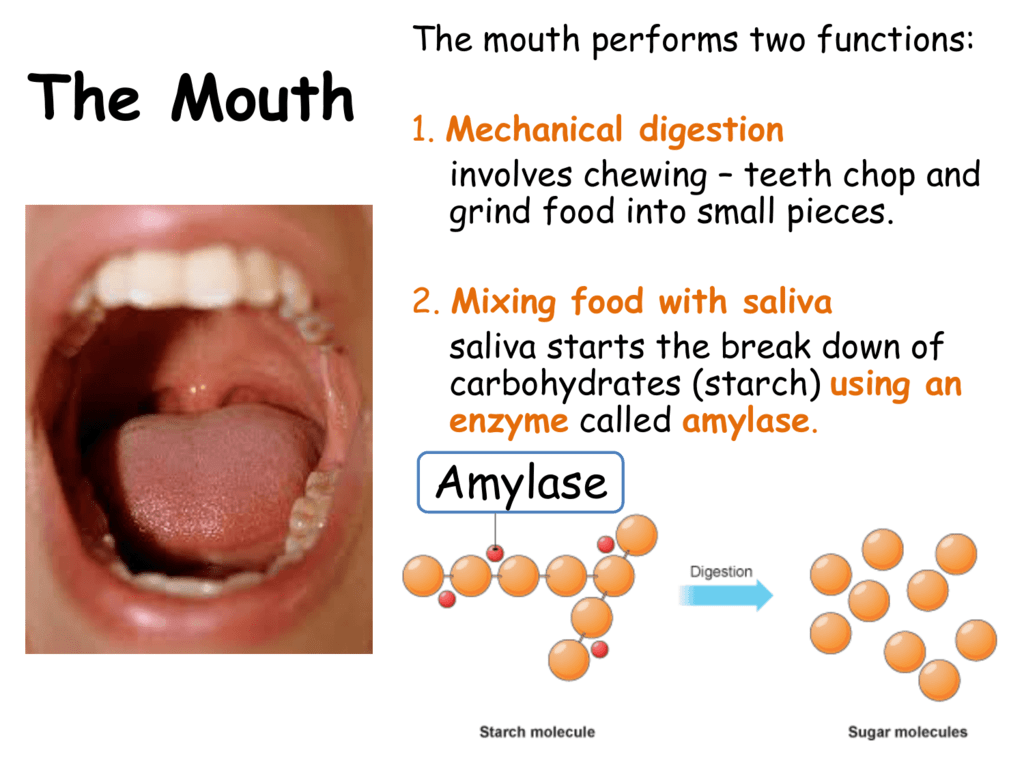

In this review, we discuss how blood collection materials and devices can alter chemistry test results, with an emphasis on blood collection tube (BCT) additives. However, many laboratorians do not carefully evaluate the suitability of new devices or monitor ongoing performance. Although other authors have described the effects of endogenous substances on clinical assay results, the effects/impact of blood collection tube additives and components have not been well systematically described or explained.Īlthough the influence of blood collection devices on laboratory tests is often overlooked, correct pre-analytical handling is essential. Manufacturers, vendors, and clinical laboratorians must consider the pre-analytical challenges in laboratory testing. Accurate laboratory testing requires an understanding of the complex interactions between collection devices and blood specimens. Because of these interactions with blood specimens, blood collection devices are a potential source of pre-analytical error in laboratory testing.


Components from blood collection tubes, such as stoppers, lubricants, surfactants, and separator gels, can leach into specimens and/or adsorb analytes from a specimen special tube additives may also alter analyte stability. Vascular access devices, such as catheters and needles, exert shear forces during blood flow, which creates a predisposition to cell lysis. Improper design or use of blood collection devices can adversely affect the accuracy of laboratory test results.


 0 kommentar(er)
0 kommentar(er)
